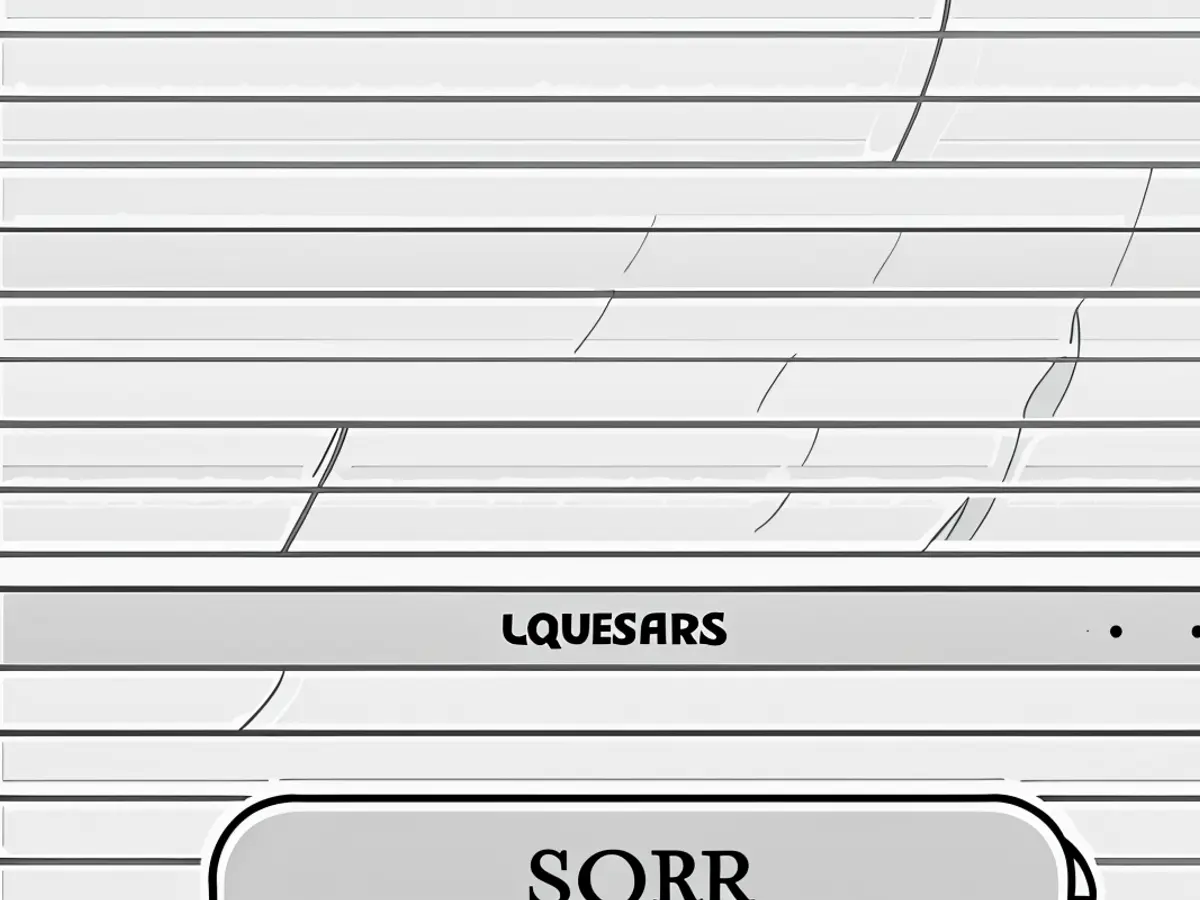Employ the "DiSSS" Technique for More Efficient Learning
If you've stumbled upon the DiSSS method, it's likely been in relation to mastering a new skill, such as a hobby or profession-enhancing ability. The technique, devised by productivity and learning guru Tim Ferriss, is centered on simplifying the learning process, allowing you to grasp new knowledge swiftly and with greater effectiveness. Let's dive into the core elements of DiSSS and analyze its potential application in your studying routine.
What is DiSSS about?
DiSSS is an acronym, although the “i” tossed in might make pronunciation a bit wonky. Focus instead on its D and three Ss, which signify the following:
- Dissect
- Sort
- Structure
- Stakes
In the pursuit of mastering a new skill or tackling a new academic subject, following these four steps will help break down and optimize the learning procedure, making it more efficient and yielding more value.
How DiSSS Works
Dissect
Begin by analyzing the topic at hand, breaking it down into digestible pieces. It's best to tackle this project piece by piece—chapter by chapter, unit by unit, or in whatever fashion that suits your study material best. The goal is to focus on small, pertinent bits of data. Use methods like SQ3R, which requires you to scan your study materials for key elements like chapter titles, headings, picture captions, and essential vocabulary. Identify everything within your materials that seems fundamental and vital to understanding the topic. Avoid delving into explanations or theories; instead, focus on dissecting the material so that you can reconstruct it later.
I would suggest doing a majority of this process by hand. Pen and paper often enhance retention, and keeping notes is an excellent way to track your studying progress and have a tangible memento of your studies. Many stationery manufacturers produce SQ3R-optimized notepads specifically for this purpose—these notepads make the process of labeling and categorizing your study material seamless.

SQ3R Note Taking System Notebook$6.00$6.00
Sort
Transition to the sorting stage, which essentially means applying the Pareto Principle to your learning effort. The Pareto Principle, also known as the 80/20 rule, holds that 80% of the results come from 20% of the labor applied. For instance, just a few sheets of basic sheet music might make up a small portion of all the possible musical notes and combinations, but knowing these fundamental chords can grant you access to 80% of the music you'll ever play. For your studies, the idea remains the same: Prioritize the most basic, core concepts. Spend a disproportionate amount of time studying essential vocabulary words or fundamental lessons to ensure that you have a strong foundation in the subject before venturing into more complex aspects.
Structure
Now that you've sorted your priorities, it's time to create a study schedule that focuses on your core skills. Allocate time for studying and plan your lessons by segmenting that time into specific topics and concepts. Set aside more time for foundational skills, as they are likely to form the basis for the majority of the concepts detailed in your exam or project. Implement flashcards and make use of the Leitner system, which employs time-released learning to identify which concepts you find challenging and which you've already mastered. Review and reinforce your basic skills until you've fully comprehended them before moving on to more advanced topics.
Stakes
The final stage of DiSSS is stakes. By attaching significance to your studying experience, you can stay motivated and focus more efficiently. Tim Ferriss created this DiSSS system for individuals learning new skills, so he encourages individuals to set personal consequences for themselves if they fail to put in the required effort or time. Grasping this idea using the instrument analogy—you're more likely to practice the piano regularly if you know you have an upcoming recital—appliesto studying as well. Clear your objectives are simple: you want to succeed on your upcoming exam and ultimately pass the course; you don't want to be embarrassed if asked a question you don't know the answer to; and you want to arm yourself with the knowledge necessary for your chosen profession. In a notebook or on your phone, write down the consequences of failing to reach your studying objectives or stick to your schedule, which could include failing an assignment, having to repeat a class, or moving to a different major. By identifying the actual stakes of not studying, you can bolster your motivation. Additionally, consider employing “anti-goals” to structure your work, which sometimes proves effective in motivating through negativity. Avoid failure, embarrassment, and wasted time by clearly acknowledging the consequences of not reaching your objectives.
Alright, let's switch things up a bit. Positivity is essential, so spare a section in your note space for the sweet payoff once you hit specific targets. To simplify this, you could employ techniques like MangaMotivator or something similar, to illustrate the precise reward you'll treat yourself to if you stick to your study routine each night. This might be a 30-minute binge-watch of your fave anime series. Escalate the rewards, considering what you'll award yourself if you score a B on the test, an A, the class topper, and so on. The main element here is jotting down the downsides and delightful perks, depending on whether you dive into the study material or not. Lastly, include the positive incentives linked to triumph, from minor triumphs like appearing wise in class to major ones like acing out and landing a job in your preferred field. The mix of negative and positive incentives will help you envision the broader picture, beyond merely acing a solitary test.

$6.00
After shared family dinners, you can utilize the time to discuss and apply the DiSSS method to improve your academic performance. This strategy, combined with your family's support, can create a more efficient and productive studying routine.
With the DiSSS method in place, you can allocate time for studying and share the responsibility with your family, ensuring everyone in the household understands the significance of meeting the stakes. In turn, this can strengthen your bond and foster a positive studying environment.








